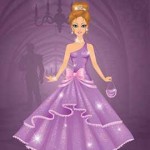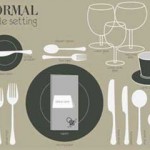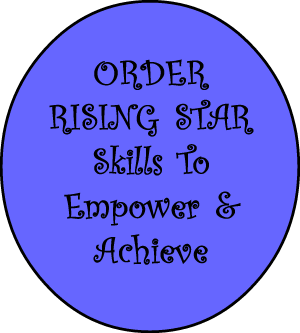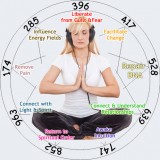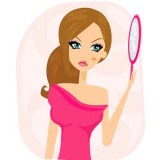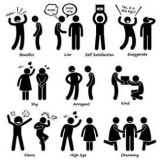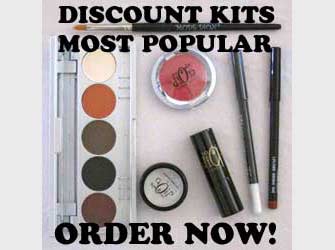Table Manners Do’s and Don’ts
By Christine Dion
Bad table manners effect others more than you know. Table manners are very important for all ages. These table manners do’s and don’ts will help you feel at ease and make the most of your exciting formal night.
Don’t be late to the event. There are pictures to take, people to meet and hands to shake. Use the time before the event starts to be social.
Your entrance
When you enter the room you will be assigned to a table. You are not to change your seat for any reason. At the event most likely you will be seated at a large round table for a formal dinner. How you handle yourself at the table is important. It effects your future success more than you know. These tips will help you make a great impression as well as remove feeling awkward over what is the correct thing to do.
How you use your napkin says a lot about you.
When you sit down place your napkin on your lap right away either open or folded in half. This is the first and most important step. When you rise place your napkin folded (not crumpled) on your chair until you get back. Do not place your napkin on the table, arm of your chair or the back of your chair. Dab your mouth when needed and if you’re wearing lip color that can show up on your beverage glass, dab the center of your lips to prevent leaving a mark. Never use your napkin as a nose tissue or as a bib. When the meal is over the napkin is placed by the plate not on it.
Begin eating when your table has been served. It is polite to wait for your entire table to be served before you begin.
• If someone asks for you to pass the salt pass the salt and pepper together as a pair. This way they do not become separated. It is always nice to offer them to your neighbor after you use them. Pass the butter if it has a knife on the plate or anything with a serving spoon or ladle handle facing the person you’re passing it to.
• If a utensil or something is missing never get up and get it simply ask the waiter or busboy.
• Always be a good guest and make conversation with those next to you on either side and around you.
• Generally elbows should stay off the table. If you must put your elbows up wait until the plates are cleared never when the food is served.
THE PLACE SETTING
Place settings appear to be complicated, but actually are very easy to understand. Simply follow this basic rule and you should be all right. Always start the meal with the utensils at the outer most edges of the place setting and then work your way in. What ever is served first, you use the outer most fork or spoon and corresponding knife.
Using this rule you can figure out how many courses will be served by how many utensils are set. For example… Say there are three forks and one soup spoon. The soup spoon is set to the outer most right and there is a small fork, then a large fork on the left side: and finally a smaller fork at the top of the plate. All have corresponding knives. One could guess that the meal will be served in this order. First the soup; second, a salad; third, the main course; and last, will be dessert (The smaller fork at the top of the plate.).
Forks: Forks are on your left. The fork for each serving starts with the outer most fork. In a basic setting there are just two, your salad fork located the furthermost to the left then your dinner fork which is the largest. The largest fork is for the main coarse the largest part of the meal.
Knives: Knives are located to the right of the plate. Once again start with the outer most knife and work your way on in. First knife is the butter knife second is for appetizer and third for the main coarse. The largest knife is for the main coarse the largest part of the meal.
Spoons: Spoons are located to the right of the knives. The soup spoon will be at the extreme right and will be larger and possibly more rounded. Note: if soup is served you could possibly receive your main coarse afterward and then your salad. Therefore your salad fork will be after (to the right of) your main coarse fork. Remember utensils will be set in order of their use, not size!
Dessert: Dessert settings are in the middle just above your plate. They are horizontally set and can include a knife, fork, and or spoon. It depends on what is being served for dessert. Coffee will be served during this time.
Bread plate: Located on the left side of your place setting above your forks. It is common for the butter knife to be placed on your bread plate. Don’t be confused if it is.
Water Glass, Beverage: Located above the knives and spoons on the right. The water glass is usually the largest one.
TIP: The placement of the bread plate and water glass always cause confusion. It can help by remembering solids on the left and fluids on the right. Another tip- place your hands in an “A-OK” position and put that position down directly in front of you. You should see a lower case “b” with your left hand and a lower case “d” with your right hand. Remember that “b” stands for bread (meaning bread plate on your left) and “d” stands for drink (meaning water and drink on your right). Another tip would be to think of the car “BMW”. “B” stands for Bread (and it’s on the left), “M” stands for meal (obviously in the middle) and “W” stands for Water (and it’s on the right). If someone takes your water glass or bread plate by accident don’t say anything. Remember good manners is making others feels at ease.
GO HERE FOR TIPS and PRODUCTS on Every day, Evening and Stage Beauty
For everything you need to know about STYLE, POISE, SOCIAL CONFIDENCE AND PROFESSIONAL MANNERS check out Christine Dion’s book “RISING STAR Skills To Empower And Achieve“.
